Greta Anderson
No Hoarding
17 August - 15 September 2018
Artists can often be hoarders, gathering a vast array of objects as raw material intended to be transfigured into art works. Over time this idiosyncratic, sometimes obsessive, collecting can amass such a volume of objects that the struggle to house or process them can be overwhelming.
The photographic medium offers a means of processing one’s own hoardings, of creating collections of objects one might otherwise find difficult to discard – objects potentially in need of reinvention. Photography provides such a system in Greta Anderson’s practice. Many of the objects reframed here have been designed or destined to be discarded. The inexpensive, often disposable plastic objects that feature in No Hoarding speak to the undeniable tension between the innovations of oil-based economies, which have enabled their production, and their corresponding impact on our precarious ecological systems.
Anderson sees these petrochemical plastic objects as potential artefacts of the future, imagining a time when they are no longer such a dominant, high-risk material. In their new imagined role, Anderson casts this curated selection of objects as ambivalent antiquities of the plastic age within a future museum: miniature monuments to human hubris. Here the photograph stands in for the object – which being captured can perhaps finally be let go – living on as an image. In tension with this pictorial afterlife Anderson’s elegantly printed and framed photographs also represent collectibles, capable of entering one’s hoardings – of art or otherwise. In this suite of works inexpensive utilitarian plastic objects cohabit the potential collections of the wealthy: a foal and a grand piano covered in black fabric. This conflation forces us to question where and how we attribute value in our own personal collections of objects with which we identify and which can come to define us.
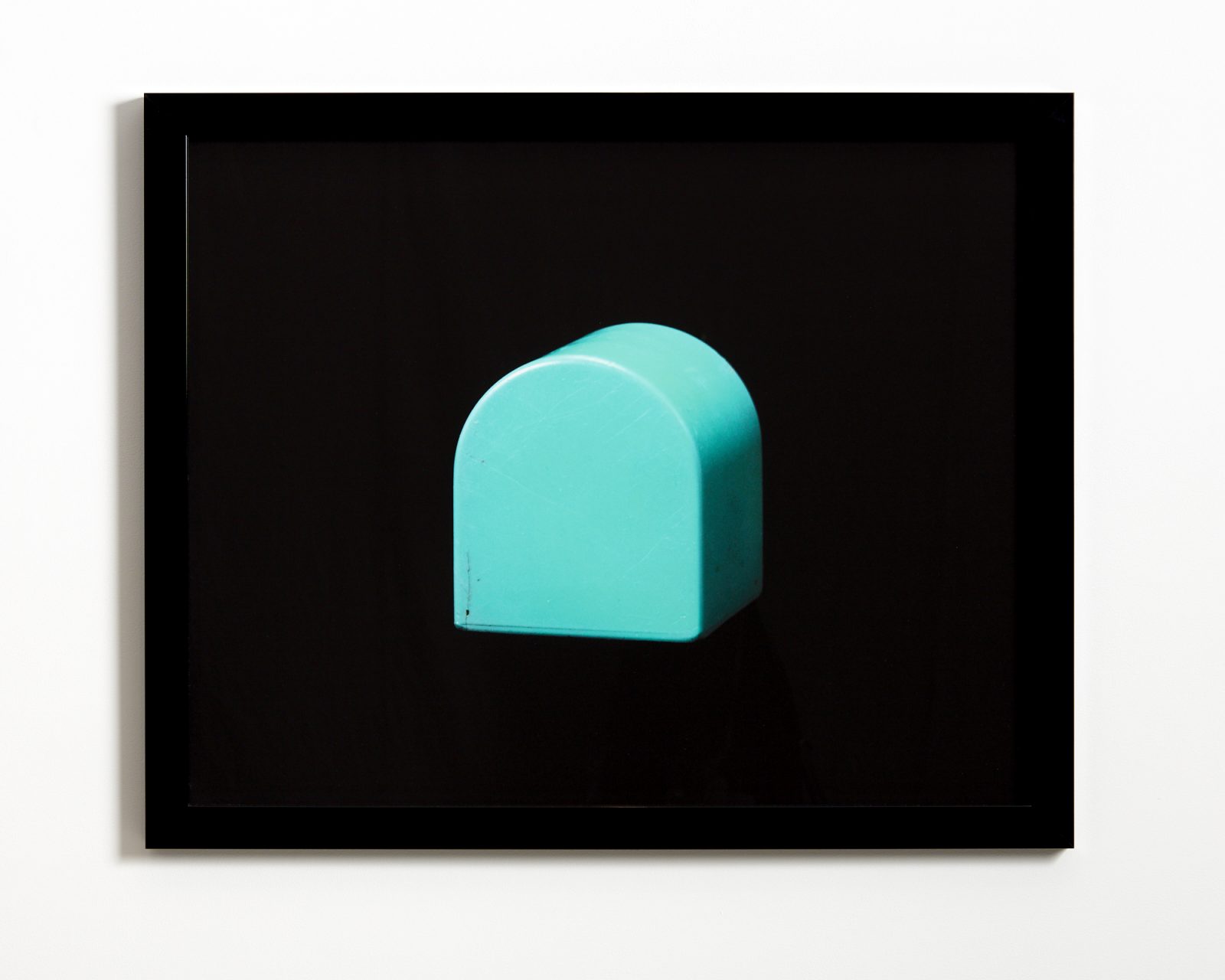
pigment print framed
715 x 875 mm
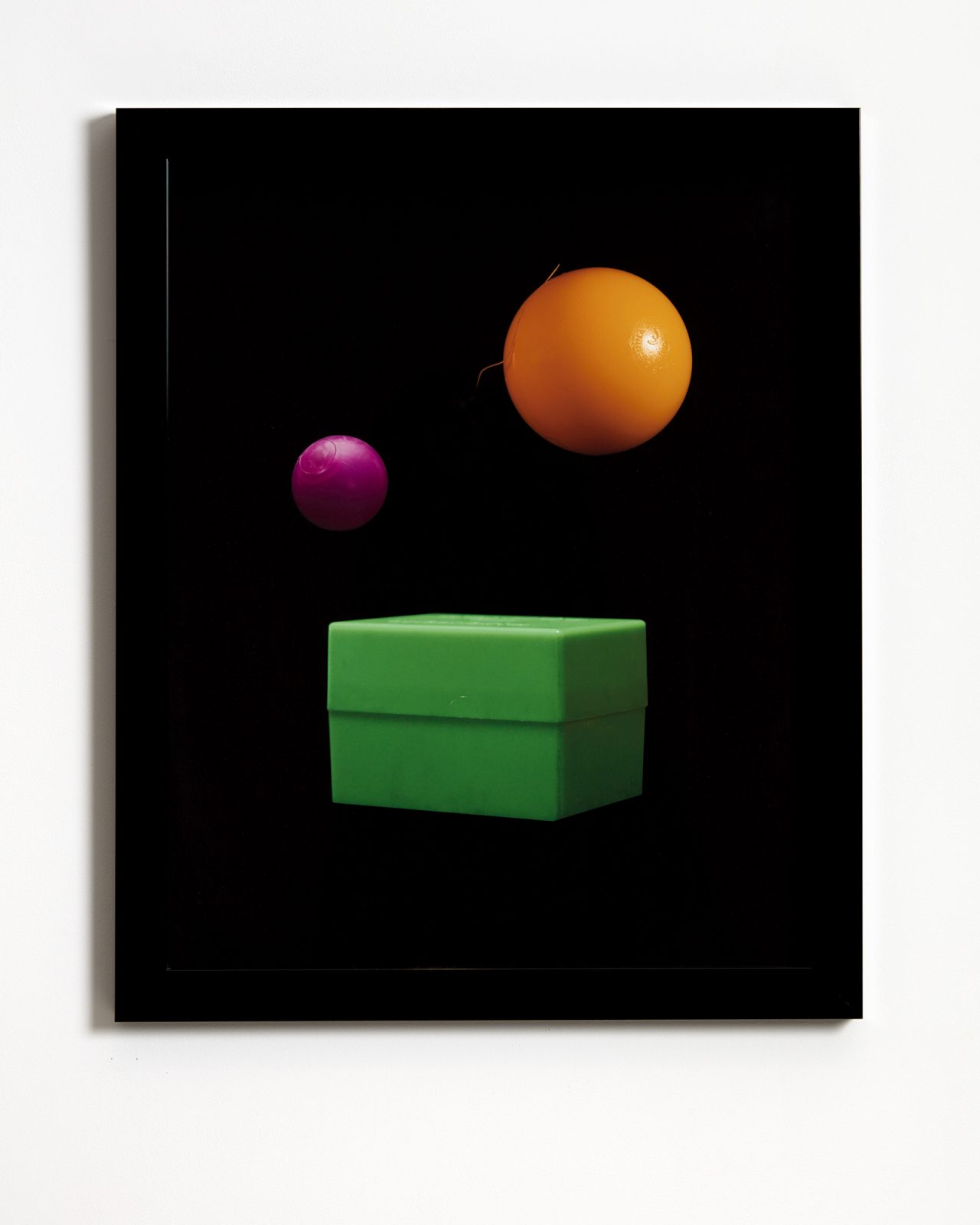
pigment print framed
715 x 585 mm
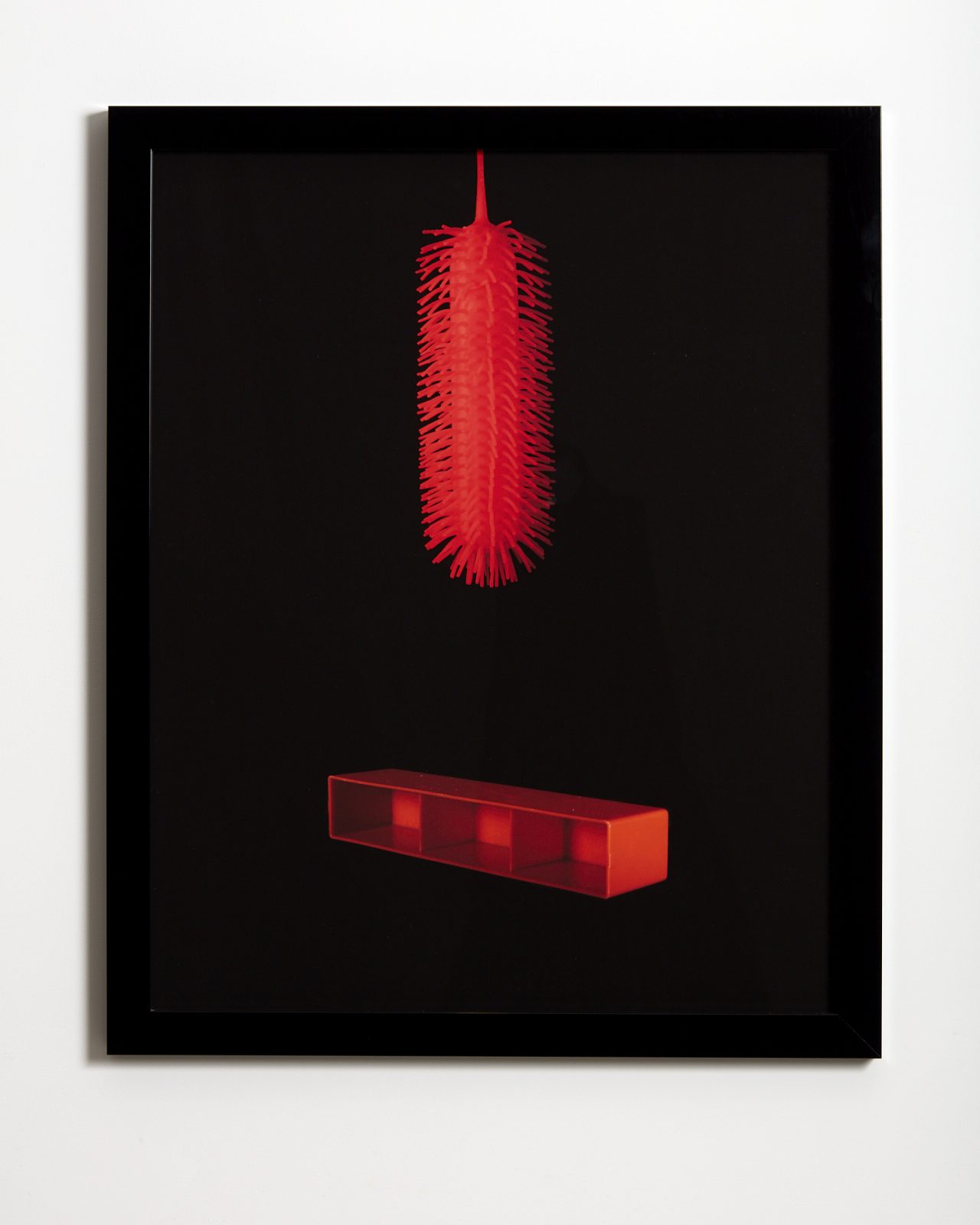
pigment print framed
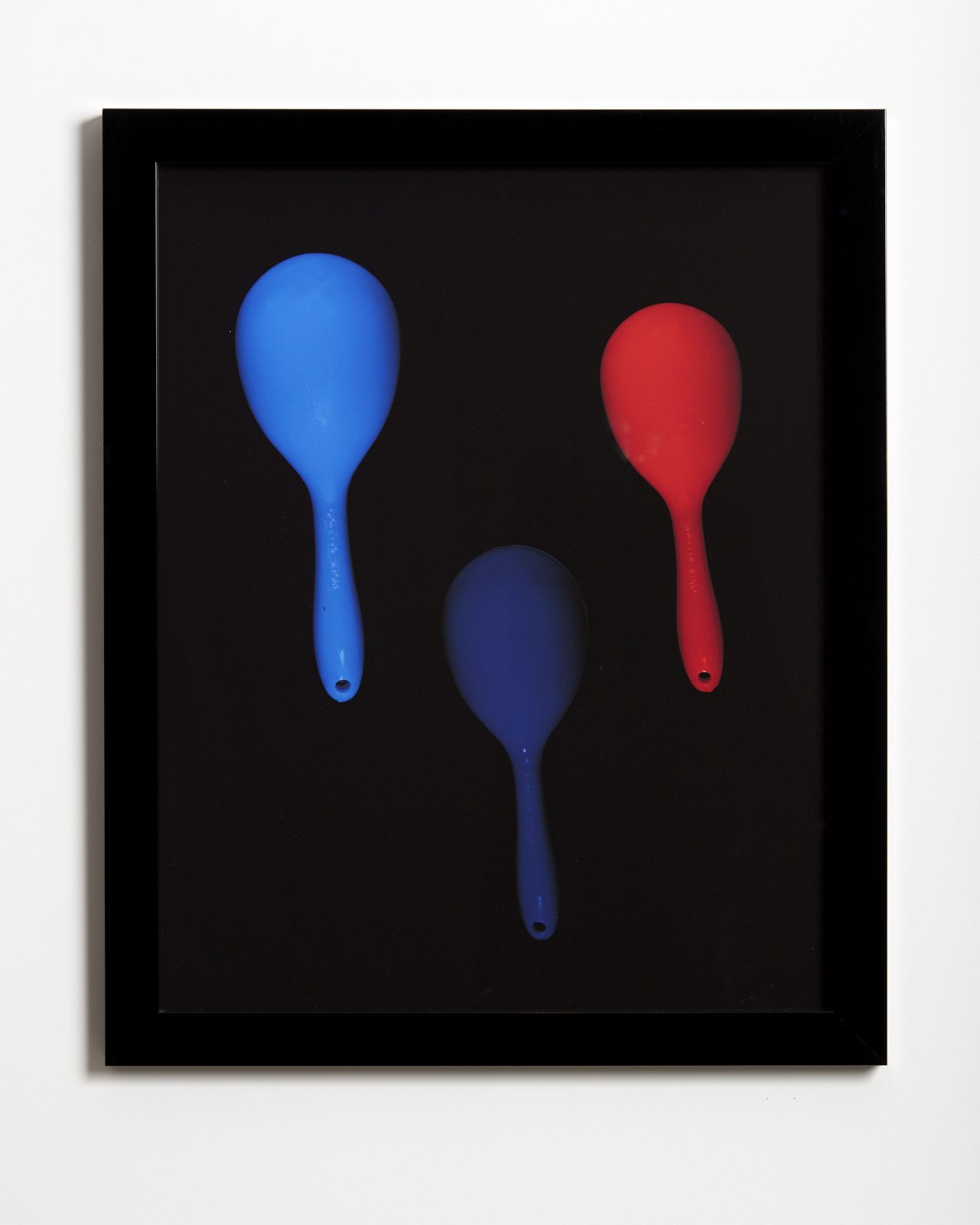
pigment print framed
715 x 585 mm
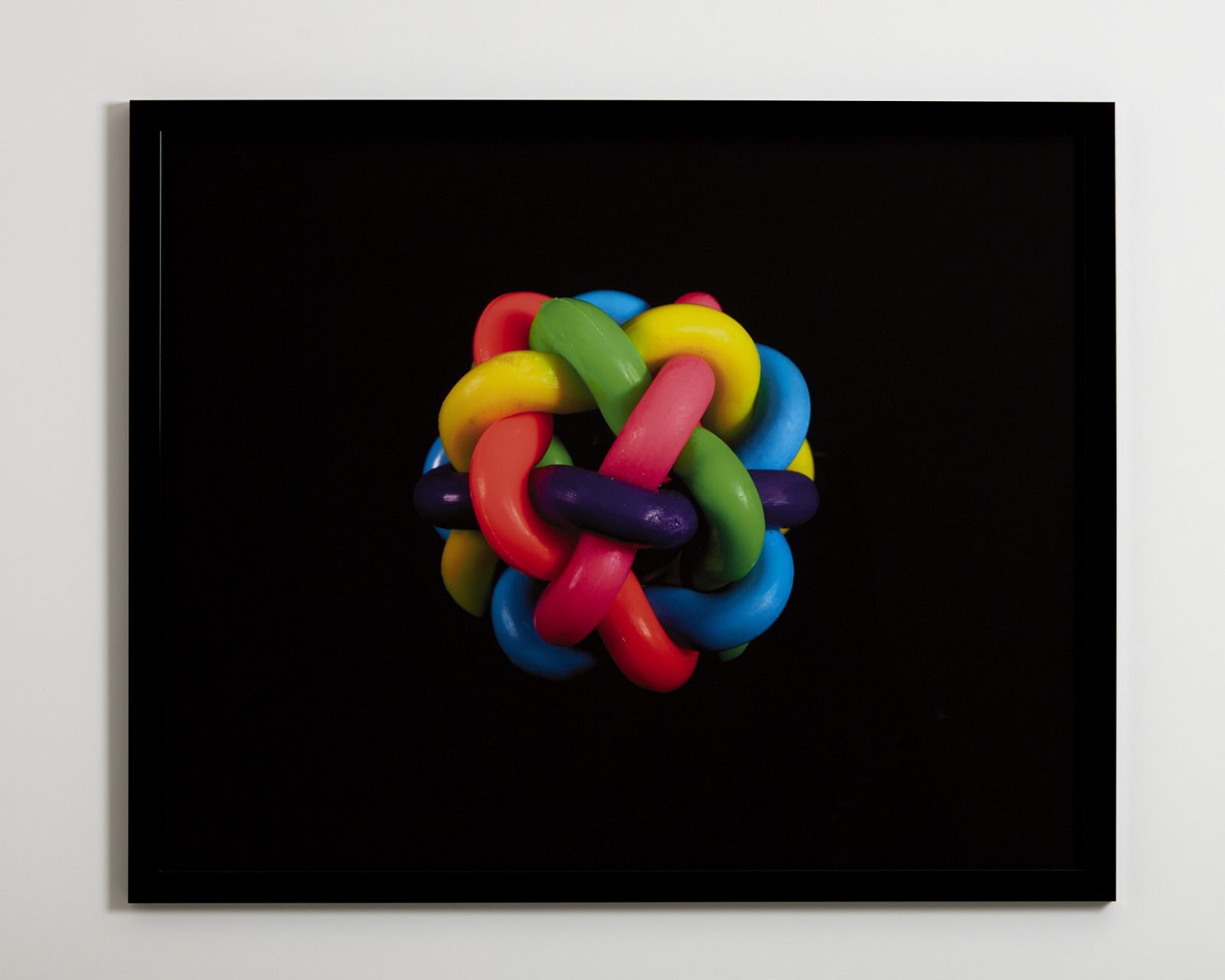
pigment print framed
1035 x 1270 mm
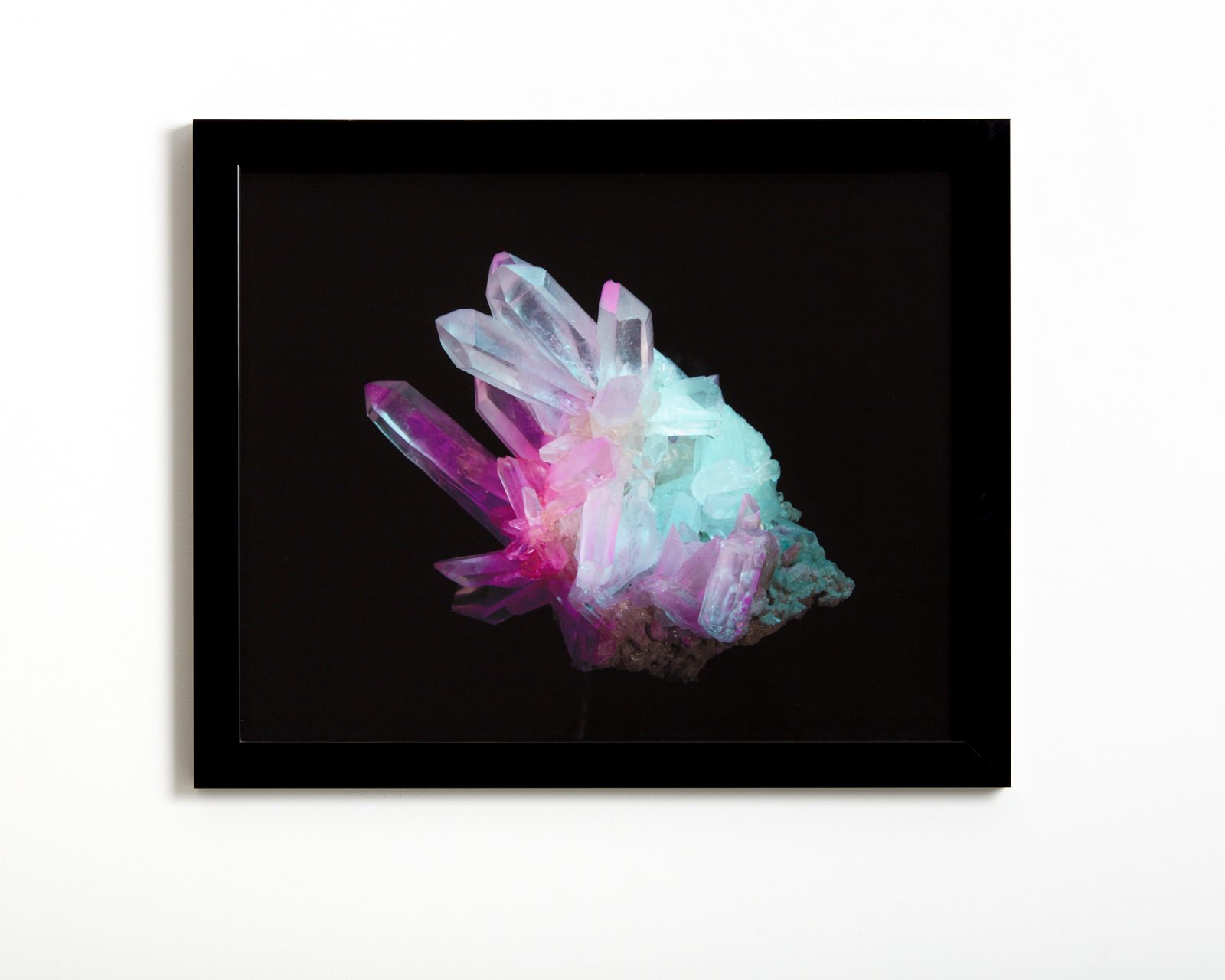
pigment print framed
585 x 715 mm
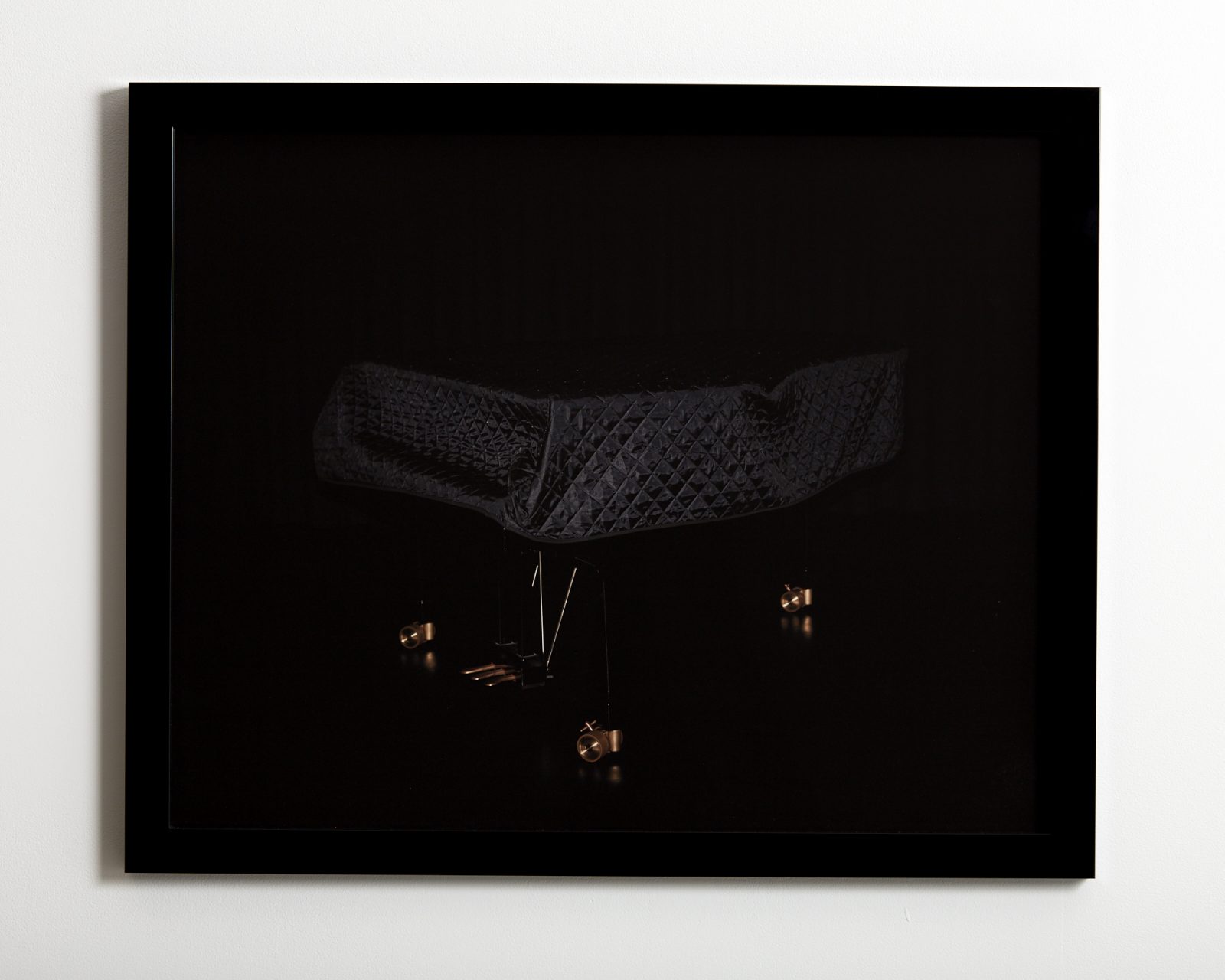
pigment print framed
715 x 875 mm
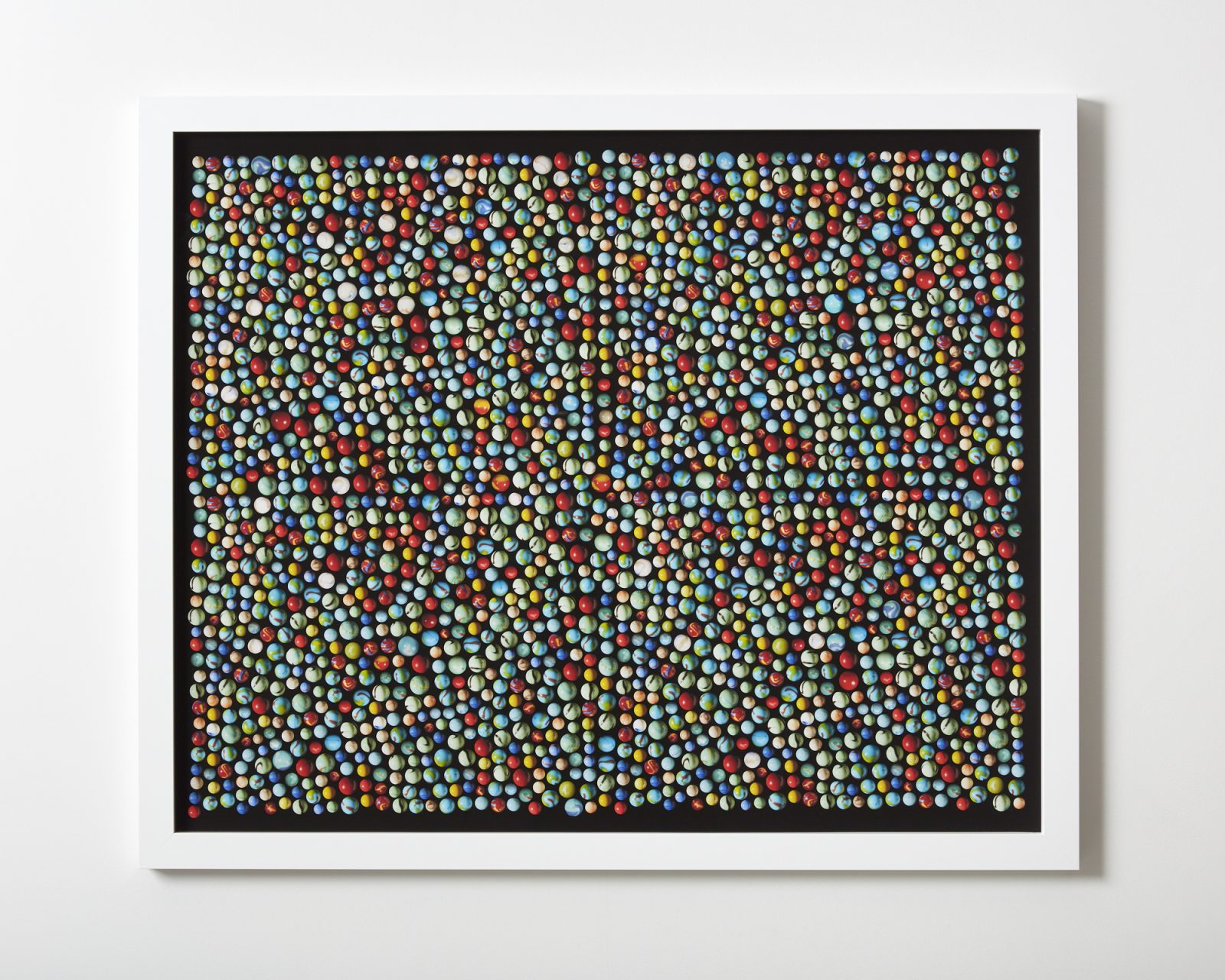
pigment print framed
875 x 1060 mm
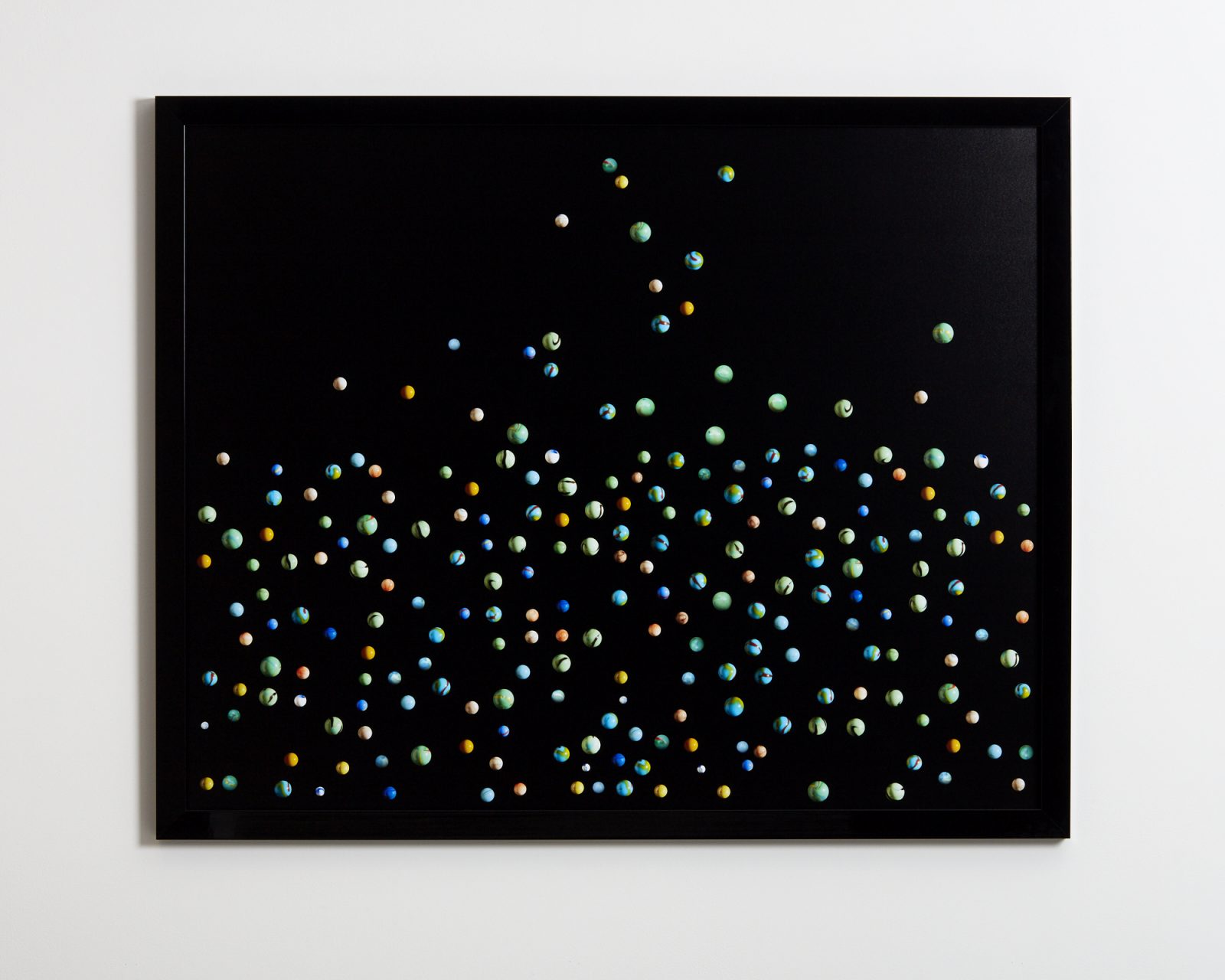
pigment print framed
1000 x 1240mm